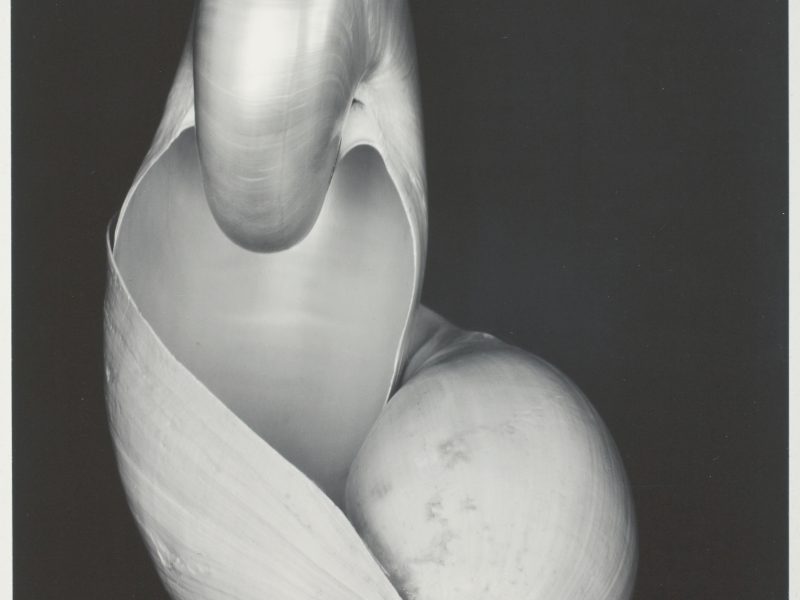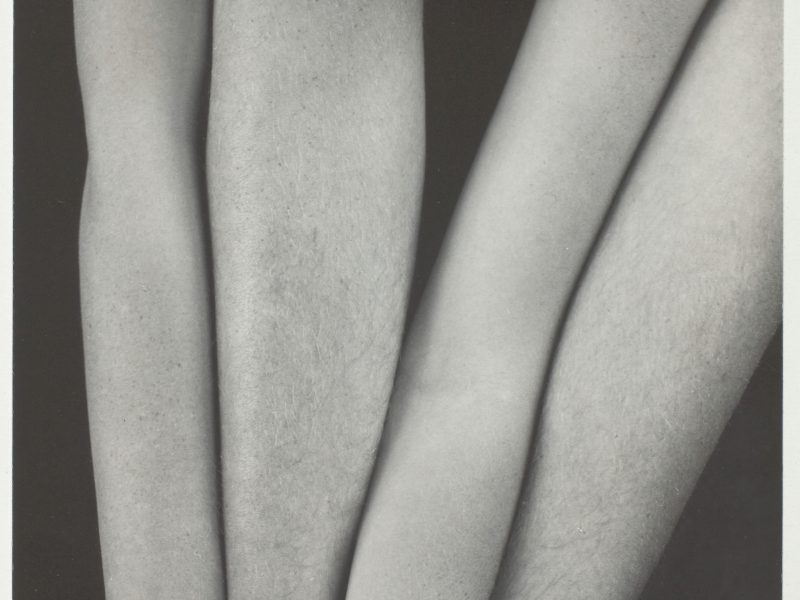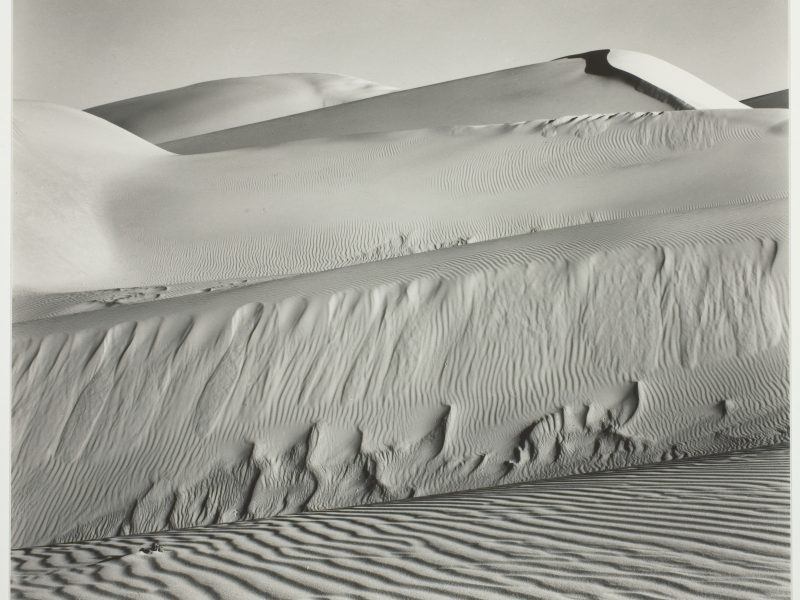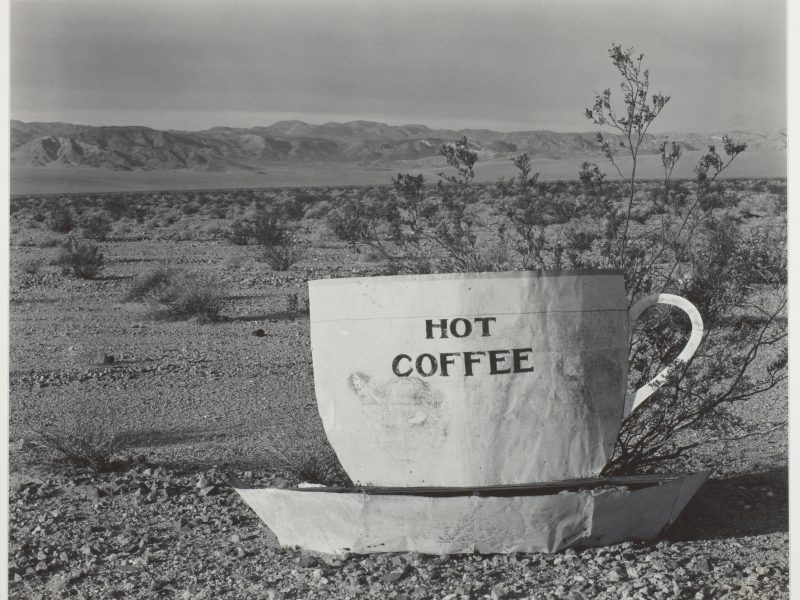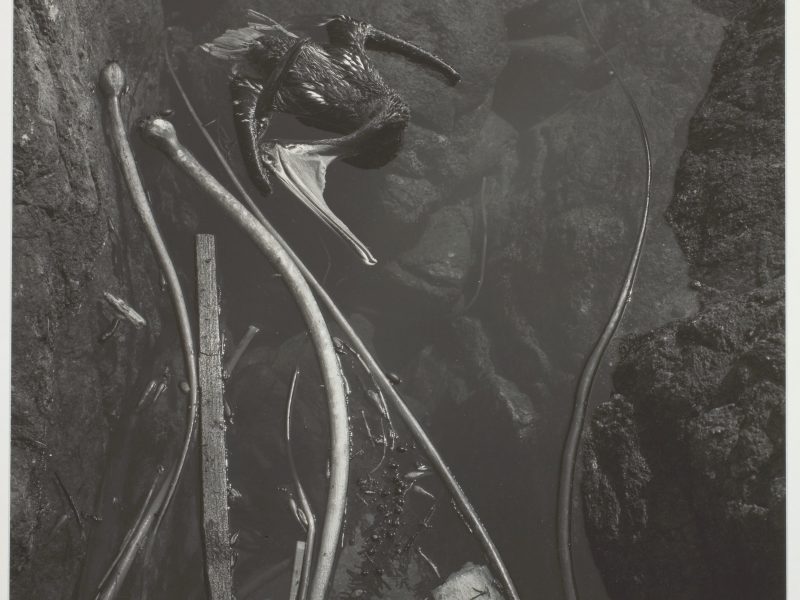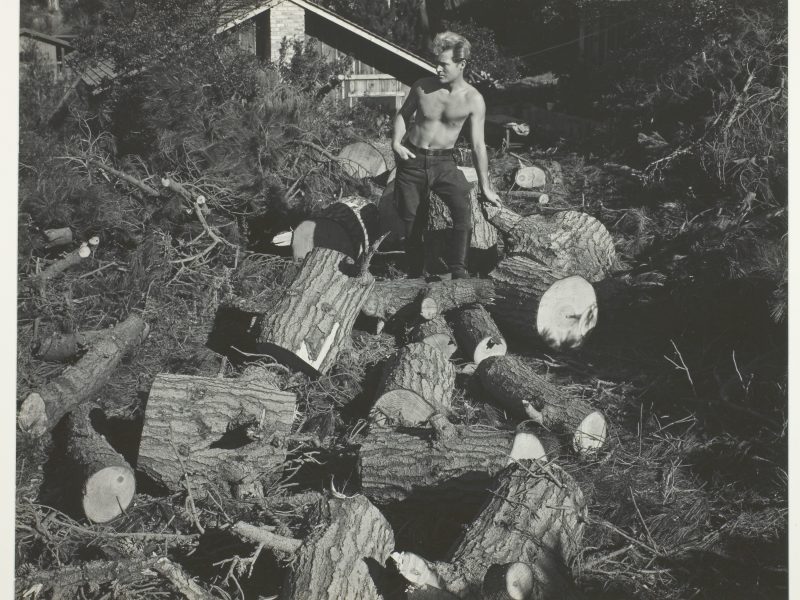Edward Weston
A pioneer of modernist photography in California, Edward Weston (American, 1886–1958) was one of the founders of Group f/64, a collective that advocated sharp focus and crisp printing (the name referenced the smallest aperture of a view camera that would produce a maximally sharp image across the full depth of field). He was a proponent of what he termed “previsualization”—picturing the final print in his mind before exposing the negative and proceeding accordingly. Weston applied his purist perspective to produce grand landscapes of undulating dunes, female nudes, and still lifes of humble objects and natural forms, finding formal joy in common plumbing fixtures and erotic curves in peppers and shells. Awarded the first John Simon Guggenheim Memorial Fellowship for photography in 1937, Weston was also the subject of numerous one-man exhibitions during his lifetime, including a career retrospective at the Museum of Modern Art, New York, in 1946.
Hugh Edwards was named curator of photography in 1959, just one year after Weston—by that time widely acknowledged as a giant of American photography—had died. That year, the American businessman and wildlife conservationist Max McGraw presented the museum with an extraordinary gift of 204 Weston prints, printed by Weston’s son Brett (a photographer in his own right) under his father’s close supervision. In 1953, at the request of friends, Weston had selected over eight hundred of his favorite negatives, a master set, which included signature works from the across his career; McGraw, a friend of the Westons, helped support their printing over the next year. Weston further winnowed down the selection to the Art Institute group, and Edwards selected sixty-four of these to be included in an exhibition, Photographs by Edward Weston, that opened on April 8, 1960. The curator, however, felt that the group lacked a certain personal approach, and in 1964 he wrote to Brett requesting portraits of Weston’s sons, acquiring four pictures of Brett, Cole, and Neil. Thanking Brett, and expressing his “fondness” for “these fine and handsome Americans,” he explained, “Portraits by great photographers are usually neglected (this is as true of Henri Cartier-Bresson as it is of Edward Weston) and yet many of them have produced some of the best portraiture in the whole of pictorial art.”[1]
[1] Edwards to Brett Weston, Feb. 14, 1964, Institutional Archives, Art Institute of Chicago.

